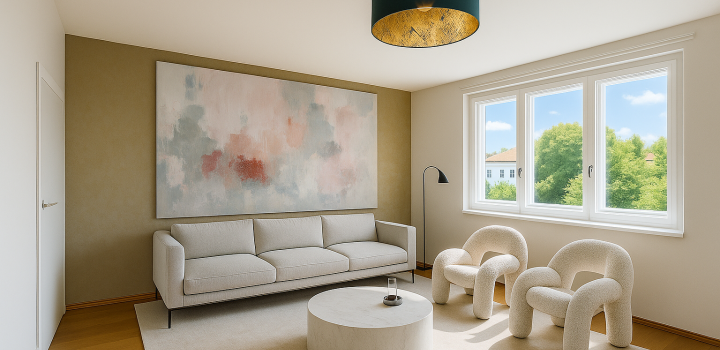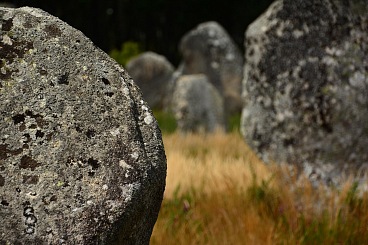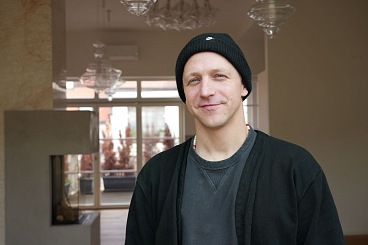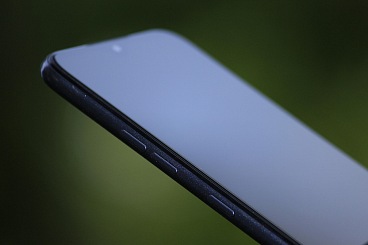Live like a winner – on Vítězná
A unique location
Vítězná is a street to be found in a place associated with bridging of the Vltava, first with a chain bridge and later with the Legion Bridge, which originally bore the name of Emperor Francis I. The embankment of the Lesser Town and Smíchov was influenced in the 1st half of the 19th century by construction of what was at that time only the second bridge in Prague. In a far-sighted move, the renowned artist Bohumil Schnirch joined both banks of the Vltava in 1841 on the border of the Old and New Town, the Lesser Town and Smíchov. This led to the bridge becoming a new and important traffic artery over the River Vltava. Another place with a strong flow of traffic was the extremely busy Charles Bridge. Construction of today’s Vítězná stretched all the way to the so-called bastions which at that time contributed towards active protection of the city’s fortification walls which were closely connected to the so-called Hunger Wall. Division of gardens and plots of land into individual parcels led to the creation of the basis for a new, luxurious and wide modern avenue.
A little bit of history
Vítězná was named in 1928 in remembrance of the events which occurred in the important year 1918, when an independent Czechoslovakia was created. The name has a link to Národní třída and to the Legion Bridge. At the time of the German occupation, the name of the street originally called Knirchschova was changed. Part of the street was also called Chotkova after Count Karel Chotek. The name Vítězná was introduced for the whole street in 1928. But you won’t find any national monument or victory arch in this place or even any garages. You would be looking in vain for these things in this luxurious location. All that has remained is an unobstructed, grassy and luxurious view of the undulating Petřín hill.
Points of interest
The world-famous and renowned palaeontologist and scientist from France Joachim Barrande made his home on this street, enjoying a luxurious view of Petřín from one of the corner houses.
The businessman and building contractor Josef Choura built three houses on this street, these being known as “Choura houses”. They were located on the opposite bank by the National Theatre. The original empire-style Choura houses dating back to the middle of the 19th century, behind which the National Theatre was built, were demolished in 1954 due to their terrible state of disrepair.
Another name from the ranks of businessmen of that time was Jindřich Jechenthal. He purchased a Baroque bastion, a fortification plot, which was bordered to the east by the Vltava, to the south by the above-mentioned Emperor Francis I Bridge and to the north by Říční. Jindřich Jechenthal built part of the Lesser Town embankment on this luxurious plot of land, stairs leading to Říční and a block of buildings which bear the name of the builder to this very day – the Jechenthal houses.

















